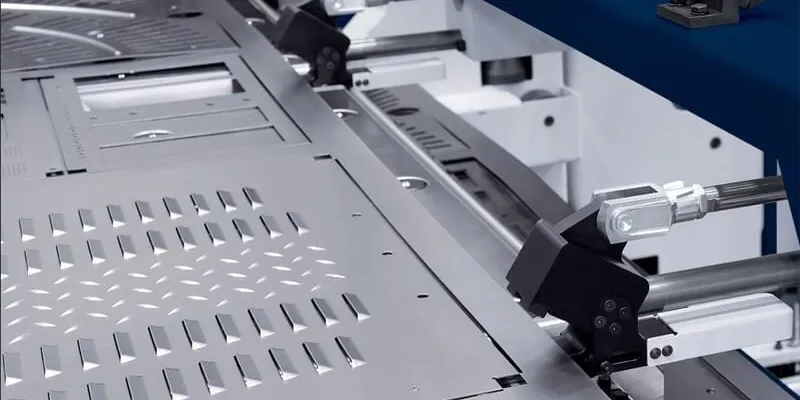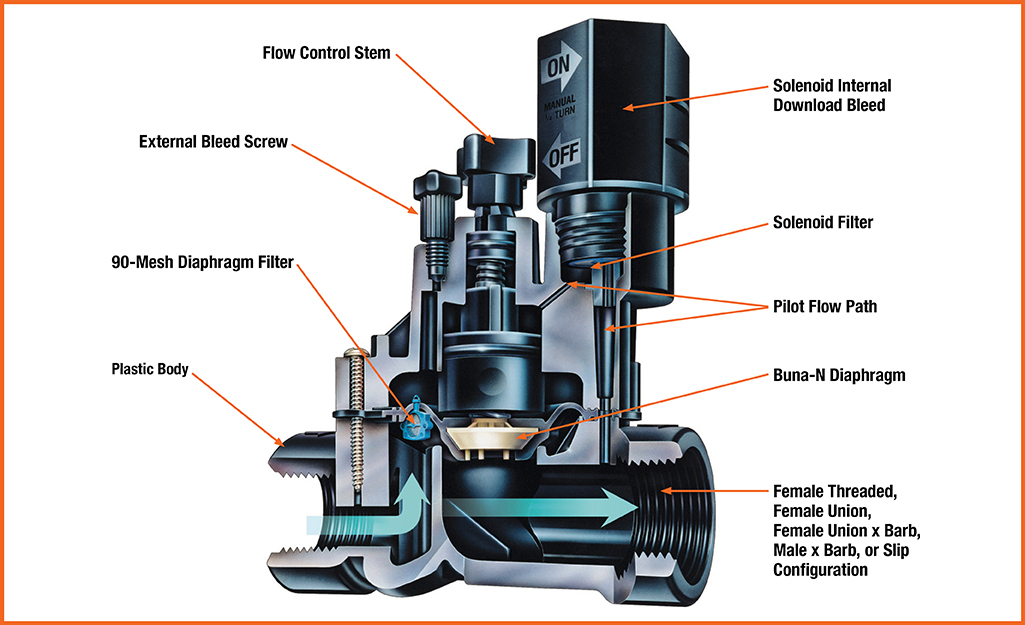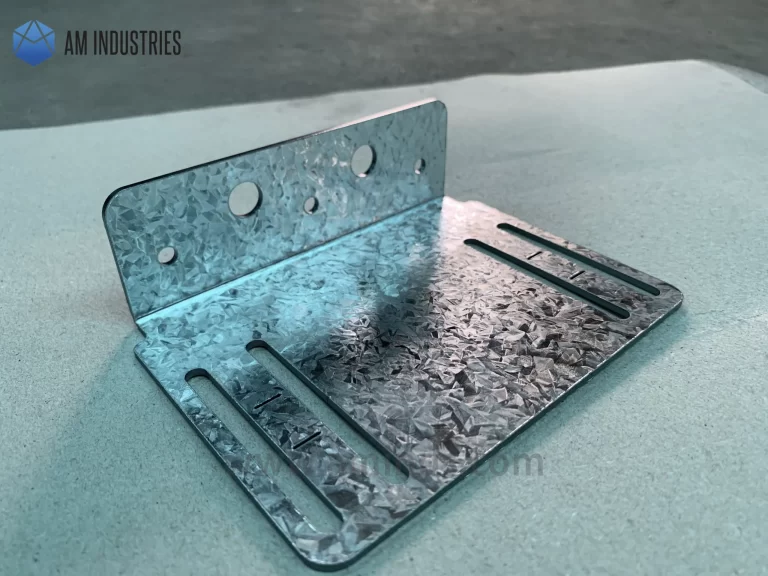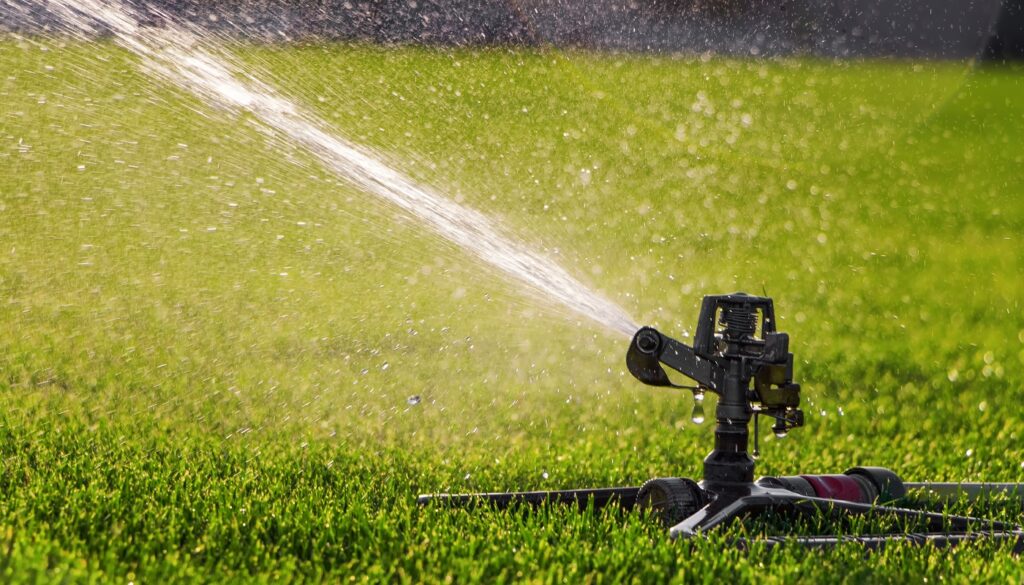Progressive Die Stamping Process: Enhancing Efficiency and Durability with Geotextile
The progressive die stamping process is a highly efficient method of shaping and fabricating materials into durable parts for various industries. With geotextile, this process can be further optimized to achieve cost savings and improved quality. Let’s explore the key stages and considerations involved.
Progressive Die Stamping Process: Geotextile’s Role
In the standard progressive die stamping process, geotextile can play a crucial role in enhancing efficiency and reducing costs. The four stages of the process are as follows:
- Proper Die Positioning: Geotextile materials can be used to ensure precise positioning of the progressive die within the stamping press. This facilitates smooth opening and closing functionality, enabling seamless operations during pressing.
- Blanking and Forming Actions: Geotextile’s unique properties, such as its malleability and resistance to tearing, make it an ideal material for executing precise blanking and forming actions. The use of geotextile in the stamping die can enhance automation by enabling the automatic removal of excess material.
- Progressive Processing: Geotextile’s versatility allows for seamless movement of the metal strip from one station to another. Each station performs a progressive process, thanks to the geotextile’s ability to withstand the required forces and maintain dimensional stability.
- Finishing and Assembly: At the final station, geotextile ensures the clean and accurate cutting of the finished part from the feed line. Geotextile’s durability and dimensional stability contribute to the overall quality of the final product, making it suitable for further processing and assembly.
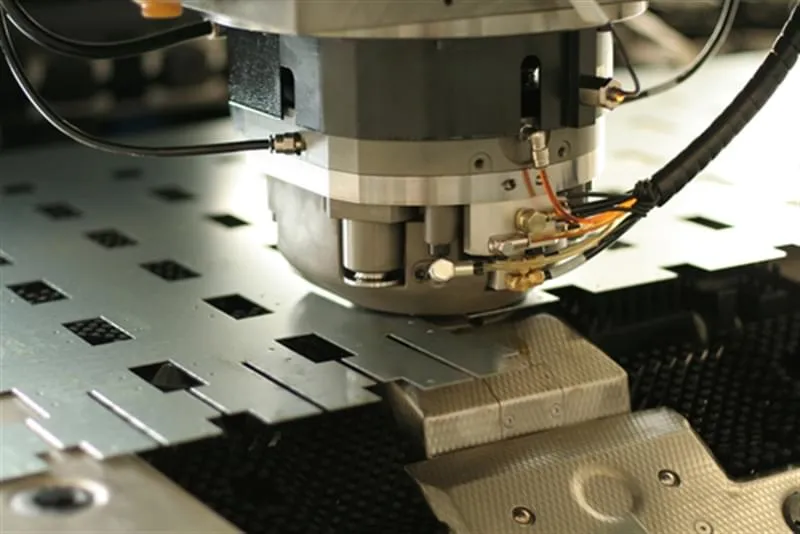
Optimizing Stock Strip Layout & Design with Geotextile
Geotextile’s advanced computational models can be utilized in the design of the progressive die. By leveraging geotextile properties, manufacturers can optimize the position of punches, bends, and holes on the blank strip. This precision design results in improved part repeatability and overall efficiency.
Tool Steel and Die Set Machining: Geotextile’s Impact
Geotextile’s unique characteristics can influence the CNC machining processes involved in creating die blocks. Manufacturers can take advantage of geotextile properties during the machining of die blocks, ensuring precise part production and adherence to specifications. The extensive quality control measures applied to geotextile-based die blocks guarantee superior performance.
Secondary Processing: Grinding & Heat Treating with Geotextile
Geotextile can enhance secondary processing steps like heat treatment. Its ability to withstand high temperatures allows for effective heat treatments that improve the durability and dimensional stability of parts. Additionally, geotextile’s compatibility with grinding processes ensures higher dimensional accuracy and superior surface quality when required.
Enhancing Efficiency and Quality with Geotextile in Progressive Die Stamping
By incorporating geotextile into the progressive die stamping process, manufacturers can achieve significant improvements in efficiency, durability, and cost savings. Geotextile’s unique properties make it an ideal material for various stages of the process, from die positioning to finishing and assembly. With geotextile, progressive die stamping becomes a highly optimized and cost-effective manufacturing solution.
